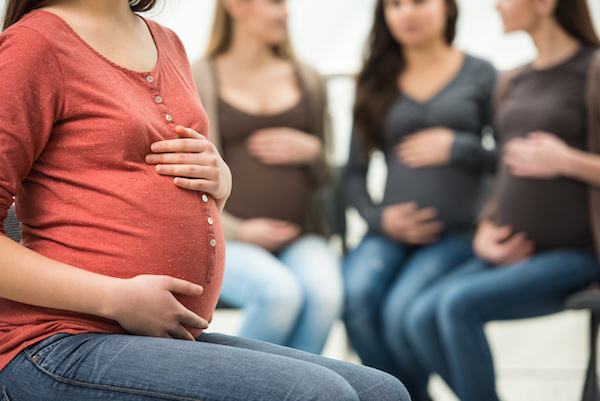
THURSDAY, Jan. 31 (HealthDay News) — States with so-called “Stand Your Ground” gun laws see about 30 percent more child firearm injuries compared to states without such laws, according to recent research.
Stand Your Ground laws, first adopted by Florida in 2005, allow people who feel threatened in a public place to use lethal force to defend themselves. Florida’s law further specifies that such people do not have a duty to retreat.
The laws gained national attention with the fatal shooting of 17-year-old Trayvon Martin in Sanford, Fla., in 2012.
Although Martin was unarmed, George Zimmerman, the neighborhood watch volunteer who shot him, said that Martin had attacked him. Zimmerman was not initially charged but now is awaiting trial for second-degree murder.
States with self-defense laws with language on people’s right to “stand their ground” are Alabama, Florida, Georgia, Kansas, Kentucky, Louisiana, Oklahoma and South Carolina, according to the National Conference of State Legislatures. Others states have different forms of self-defense law.
The new study findings, recently presented at the annual meeting of the Eastern Association for the Surgery of Trauma in Scottsdale, Ariz., echo that of another recent study from the National Bureau of Economic Research, which found that states with a Stand Your Ground law saw more homicides than those without.
The authors of the current study based their findings on information from a database that tracks hospitalizations due to firearm injuries in kids from birth through age 20.
For the years 2006 to 2009, there were almost 20,000 hospitalizations from firearm injuries in this age group, 65 percent from assault, 27 percent due to accidents and 3 percent from injuries sustained while attempting suicide.
The demographic patterns of the shootings were particularly striking.
Males were 36 times more likely to be hospitalized for a firearm injury than females, while black youths were four times more likely. Hispanic youth, people living in urban areas and teens over the age of 16 were also at heightened risk.
“Urban neighborhoods with poor income and certain racial groups — African-American and Hispanics of male gender — puts you at high risk irrespective of the law,” said study lead author Dr. Justin Lee, a resident physician at St. Elizabeth’s Medical Center in Brighton, Mass.
On the other hand, the authors found that states with Child-Access Protection (CAP) laws, which basically require gun owners to safely store their weapons, did not see any reduction in accidental injury or suicide. And overall assault injuries were higher with CAP laws.
It’s not clear why this would be the case.
Lee suggested that perhaps CAP laws are a surrogate “marker” for a high-risk environment in terms of overall assault injuries.
According to Dr. John Petty, director of pediatric trauma at Wake Forest School of Medicine in Winston-Salem, N.C., and the moderator on the panel that presented these findings, “the brushstroke [these authors] are painting may be too broad” to come to any definitive conclusions about the value or lack of value of gun laws.
The authors also relied on retrospective data — looking back in time — which can be unreliable.
“The tools they had to answer questions was an administrative database,” he added. “[They only looked at children] who were admitted to a hospital. A non-clinical person reported the encounter,” Petty said.
“The nice thing is that you can get big amounts of data across the country,” Petty continued. “The downside is it’s not at a micro level.”
Study author Lee said that the picture involves much more than just gun control.
“Restriction laws have a limited impact. Instead of laws we need to tackle high-risk environments,” Lee said.
“It’s a complex problem. It goes beyond the law. It goes beyond gun control,” he added, and said that health care practitioners who have to handle the injuries should be “part of the conversation.”
According to background information in the study, gun injuries are behind nearly one-third of pediatric trauma deaths.
Because this study was presented at a medical meeting, the data and conclusions should be viewed as preliminary until published in a peer-reviewed journal.
More information
The U.S. Centers for Disease Control and Prevention has more about injuries in children.

